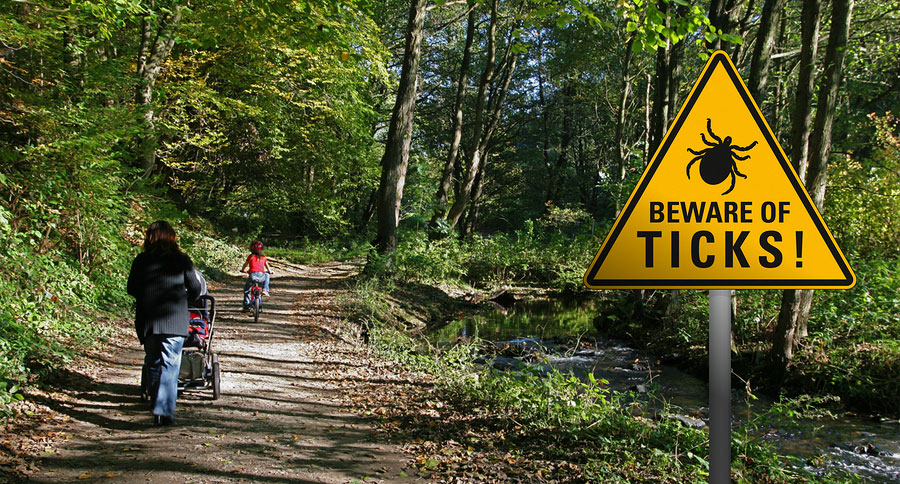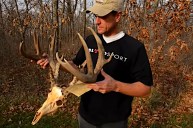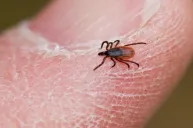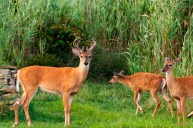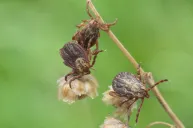Americans are at a higher-than-normal risk for tick-borne diseases like Lyme disease.
Scientists believe Lyme disease cases could break the 2 million mark in the next year, as deer populations continue to grow in the United States, providing ticks with more mobility.
Black-legged ticks, more commonly known as deer ticks, are the most common agent for the spread of Lyme disease. However, they aren't the only ones to worry about, as Lone Star ticks and Gulf Coast ticks are carrying less common diseases at a high rate, too.
"These types of ticks all have one thing in common: They utilize whitetail deer as a blood source in some part of their life cycle," Thomas Mather, a University of Rhode Island entomologist, told NorthJersey.com. "The phenomena of deer in more places and in ever-increasing proximity to people is, I think, the largest factor affecting the ticks-in-more-places trend."
Mather, commonly known as "The Tick Guy," heads Rhode Island's TickEncounter Index, which uses data from volunteers around the country to monitor and analyze tick populations.
He found what he calls a "hidden threat" in deer becoming more comfortable around people, and subsequently getting closer to developed areas.
"The more commonly you see deer in your area, the more likely it is you're going to see ticks," he said.
According to Centers for Disease Control and Prevention, Lyme disease accounted for 82 percent of all tick-borne disease cases from 2004 to 2016, a total which more than doubled in that time span.
Anthony DeNicola, the president of White Buffalo, a Connecticut-based deer-culling nonprofit group, says our deer management system is flawed. Instead of always resorting to viewing deer as pure, majestic creatures, he suggests we start acknowledging them as a serious health threat.
"You're shoveling against the tide," he said. "We have the tools to kill deer, but you have to train the hunter to not think as a recreationalist, but as a manager."
NEXT: DO COYOTES AFFECT THE DEER POPULATION?
WATCH
https://rumble.com/embed/u7gve.v3tq0x/
